

|
|
|


|
|
1/12 Scale Nitro Rally/Touring Car:
Kyosho Minitz 06 - Honda City - 2370
|
Released by Kyosho circa 1981, the Honda City - # 2370 - is based on the on-road version of the Minitz 06 Series, and came factory assembled, with an unpainted clear polycarbonate Bodyshell, and pre-installed .06 Engine with Heatsink and Muffler that can be started by turning the rear wheels by hand. A Radio System and Fuel to be purchased separately.
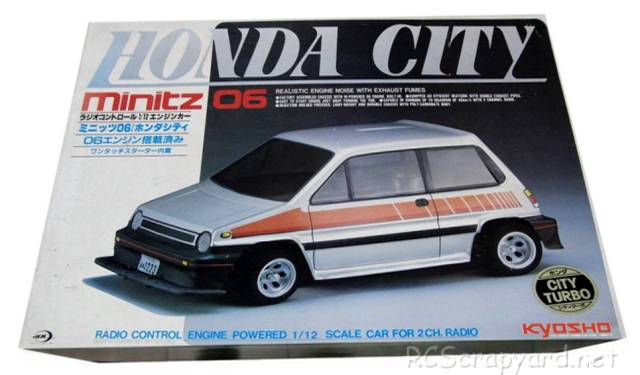
The 2WD model is based on an injection molded alloy and polycarbonate chassis, with ball link tie rods, an open die-cast alloy gearbox, sponge tires and bushings.








|
|
|

★ Kyosho Minitz 06 - Honda City - # 2370 ★
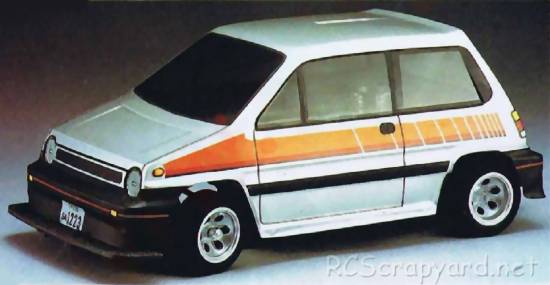
★ Kyosho Minitz 06 - Honda City - # 4956 ★
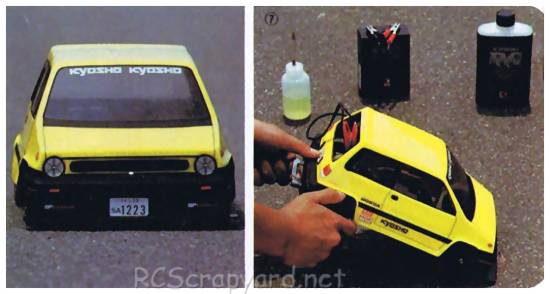
★ Kyosho Minitz 06 - Honda City Chassis ★
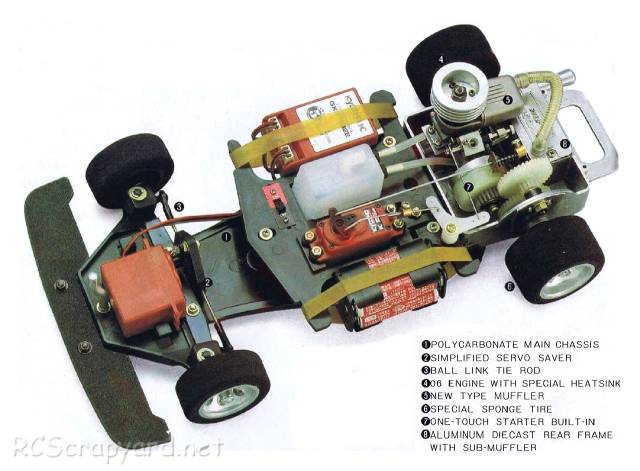
★ Kyosho Minitz 06 - Honda City Chassis ★
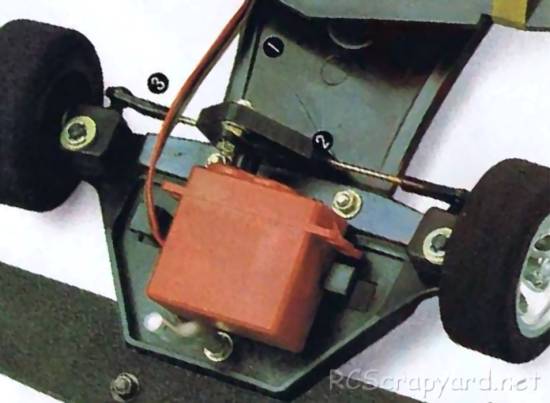
★ Kyosho Minitz 06 - Honda City Chassis ★
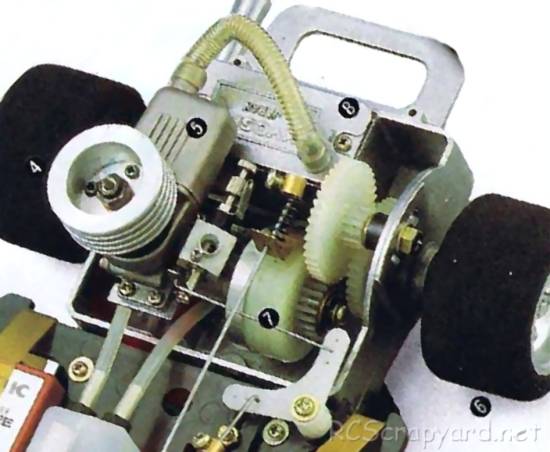
★ Kyosho Minitz 06 - Honda City Chassis ★
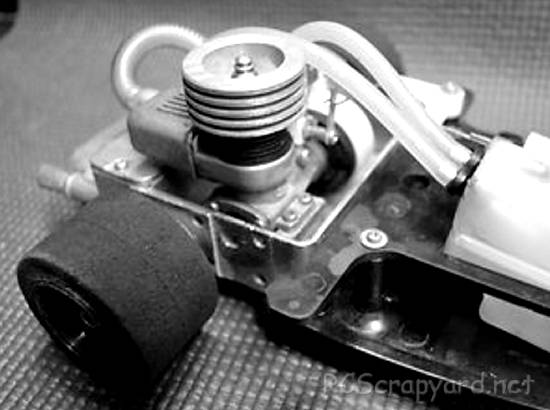
★ Kyosho Minitz 06 - Honda City Chassis ★
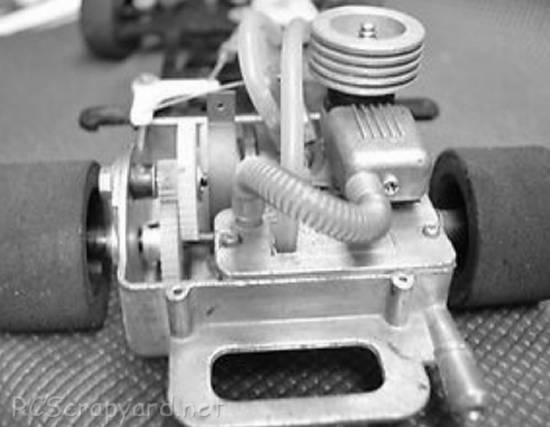
★ Kyosho Minitz 06 - Honda City Chassis ★
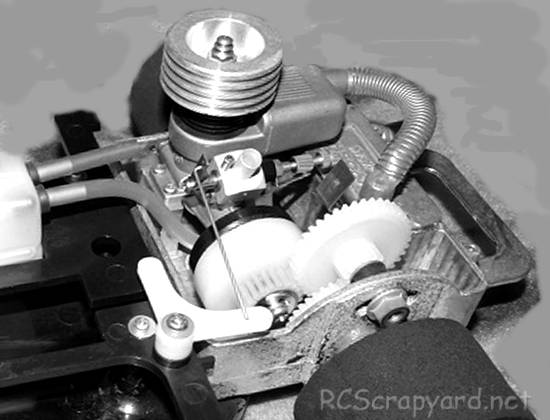
★ Kyosho Minitz 06 Chassis - Exploded View ★
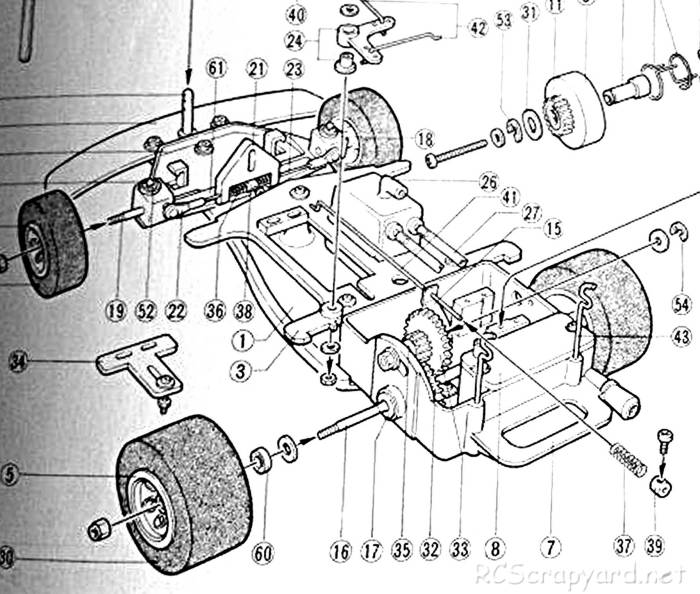
|
Buying a Used Radio Controlled Model
|
|
Manufacturers and Brands Catalogued, Listed and Reviewed by RC-Scrapyard.
At present, the RC Model Manufacturers, Brands and Distributors covered by us are: ABC Hobby, Academy, Acme Racing, Agama Racing, Amewi, Ansmann Racing, ARRMA, Team Associated, Atomic RC, Axial, AYK, Bolink, BSD Racing, Capricorn, Carisma, Carson, Caster Racing, Cen, Corally, Custom Works, Durango, Duratrax, ECX - Electrix, Exceed RC, FG Modellsport, FS-Racing, FTX, Fujimi, Gmade, GS-Racing, Harm, HBX, Helion, Heng Long, Himoto Racing, Hirobo, Hitari, Hobao, Hong-Nor, Hot Bodies, HPI, HSP, Intech, Integy, Jamara, JQ Products, Kawada, Kyosho, Losi, LRP, Maisto, Mardave, Marui, Maverick, MCD Racing, Megatech, Mugen, New Bright, Nichimo, Nikko, Nkok, Ofna, Pro-Pulse, Protech, PTI, RC4WD, Redcat Racing, RJ-Speed, Robitronic, Schumacher, Seben, Serpent, Smartech, Sportwerks, Step-Up, Tamiya, Team-C Racing, Team Magic, Thunder Tiger, Tomy, Top Racing, Traxxas, Trinity, Tyco, Vaterra RC, Venom, VRX Racing, WLToys, X-Factory, Xmods, Xpress, Xray, XTM, Yankee RC, Yokomo, ZD Racing and Zipzaps. |
|
Hints, Tips and Information
Wheel Camber - for cornering stability
Camber is described as the angle of the wheel as you look at it directly from the front or rear of your car and if set correctly will improve your cars cornering ability considerably, by providing increased traction. This simple to make adjustment is considered by many to be one of the most effective changes you can make to your car for better handling. |
|
Hints, Tips and Information
Emergency Plastic Part Repairs
It always happens when you least expect it. You are racing hard; and suddenly some idiot decides to side swipe you' and break your front wishbone. Even though you may carry spare parts for just about everything on your car, it always seems to be the same part that breaks, and although you made a mental note the last time it happened to get a replacement you soon realise those mental notes were not worth the paper they are written on.
|
|
RC Models:
|
Radio & Motors: |
Other
Accessories: |